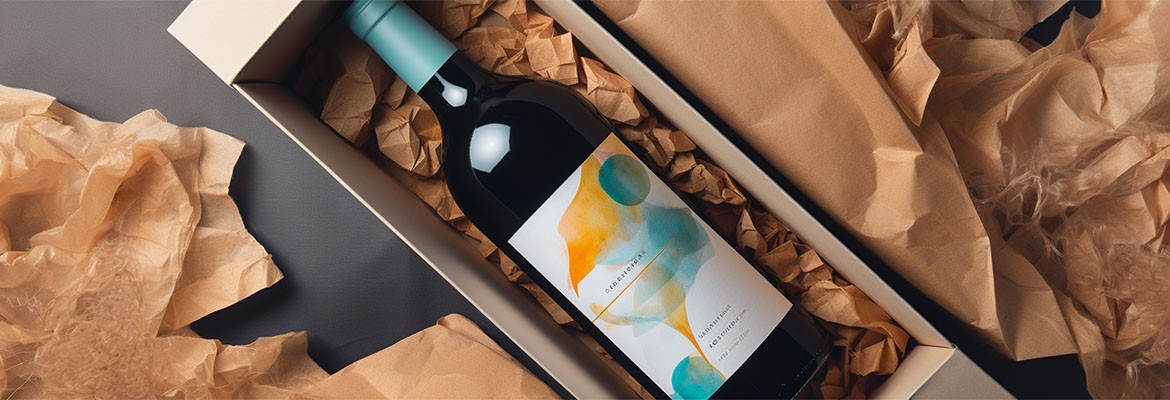
Packing safely for transport
- Which packaging is the right one?
- Checklist: Top 10 most common packaging mistakes
- The right outer packaging
- The appropriate inner packaging
- The secure closure
- Shipping labels - secure adhesion combined with good legibility
- Corrugated board
- Checklist: 10 important packaging tips
- The correct handling of damaged parcels
A guide for all who want to pack goods
Parcel shipping in Germany is booming: in recent years, the volume of shipments packed in shipping boxes has risen continuously. In 2018 alone, around 3.5 billion parcel shipments were sent.
The main reasons for the growing volume of parcels are the flourishing B2C and B2B online trade and the associated returns. But online marketplaces such as Ebay and the increasing number of parcel stations also play a major role in this. In the case of commercial shipping, the parcels are collected directly from the company by the logistics service provider if they exceed a certain number. There, they usually have to be prepared on pallets or in parcel trolleys.
Since a lot can unfortunately go wrong when sending parcels, this guide from Labelprint24 would like to show you what you should pay attention to when packing and sending consignments of goods and thus pack your goods safely for transport. Our packaging experts will give you interesting tips on how you can optimise your shipping packaging, because we want your business parcel to arrive safely and well with your customers.

Here you can have labels printed.
Which packaging is the right one?
The most important task of packaging is to protect the packaged goods it contains against pressure, shocks, vibration, the effects of weather and other external factors during transport. In order to find the most suitable, the "right" packaging for this purpose, it is necessary to always consider the goods to be shipped. After all, it makes a big difference whether it is a solid book, a delicate medical device or a fragile glass vase. The weight and dimensions of the packaged goods also play an important role in the selection of the shipping box.
It all depends on the interplay
Basically, in order to optimally protect the packaged goods on their way through the many stations to the recipient, the outer and inner packaging as well as a transport-safe closure must be perfectly coordinated. But a firmly adhering shipping label is also part of the packaging.
Remember: good shipping packaging offers as much protection as necessary with as little packaging waste as possible.
Shipping boxes that are too large only increase packaging costs unnecessarily and postage becomes more expensive. Excess filler or filler consisting of crumpled paper scraps and newspapers does not look very professional. In addition, it annoys the recipient if he has to dispose of a lot of packaging waste.
More than a protective shell
In the business sector, packaging has more than just a protective function. Printed shipping boxes are also an excellent marketing tool. Especially in e-commerce, attractively printed shipping boxes make the customer's shopping experience really complete.
The print motif is particularly effective on a white laminated surface. Laminated corrugated packaging, as the name suggests, is made of corrugated board. However, the top layer, the liner, is not made of the grey-brown liner paper, but of high-quality GD2 cardboard. GD2 is a chromo duplex board made from recycled materials that can be printed with an attractive, colourful motif.
Checklist: Top 10 most common packaging mistakes
Improper packaging is associated with great risks for the sender. The valuable goods in the package can possibly be tampered with during transport or, in the worst case, damaged to the point of total loss. The transport to the customer is prolonged and under certain circumstances the logistics service provider rejects any claim for damages. But the same mistakes are made again and again:
- a shipping carton that is too large with a lot of free space around the packaged goods.
- the cardboard material is not strong enough
- using a damaged or already used cardboard box
- a cheap, unstrengthened sealing material
- the shipping label does not adhere firmly or is difficult to read
- the shipping carton is not protected against moisture
- additional strapping is not used for heavy packaged goods
- corners and edges are not sufficiently reinforced
- there is no stable outer carton around the primary packaging
- fragile packaged goods are not individually wrapped - risk of glass breakage!
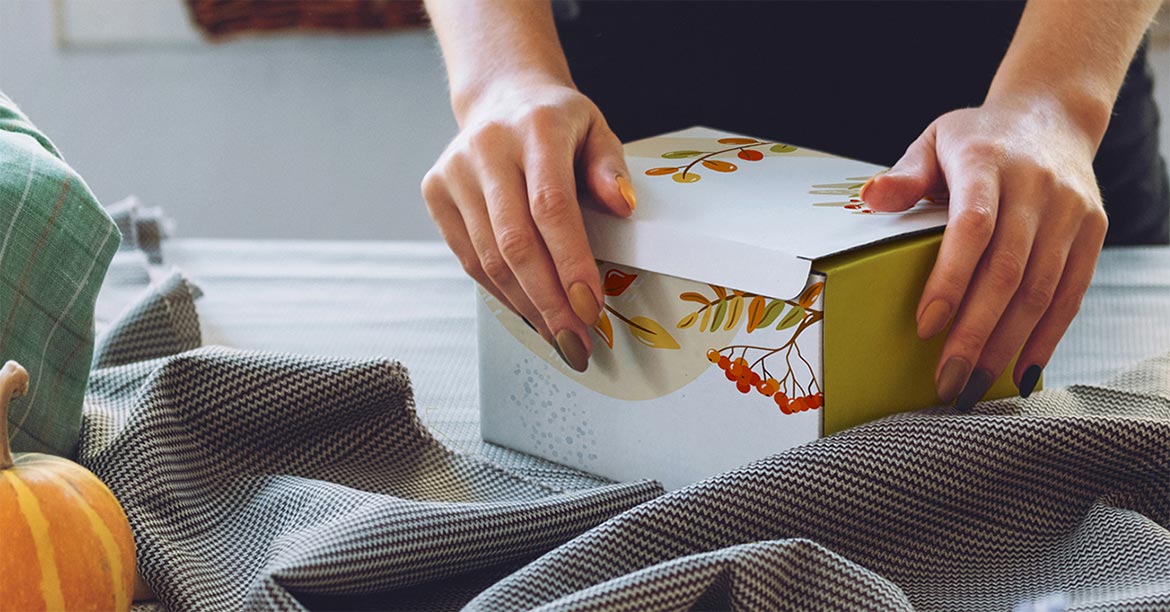
The right outer packaging
A sufficiently stable outer packaging is crucial for parcel shipping. The quality of the cardboard should match the weight, size and sensitivity of the goods to be shipped. The more pressure- and shock-sensitive, heavier and larger your shipment is, the more stable the outer packaging must be. Sturdy boxes made of corrugated cardboard are therefore particularly recommended. Particularly sensitive and heavy shipping items, such as household appliances or sporting goods, are most securely sent in shipping boxes made of multiwall corrugated board.
In order to be able to effectively cushion the forces acting on it, the cardboard packaging should neither already be used nor damaged. When choosing the size of the outer packaging, make sure that there is still room for additional padding all around the goods to be shipped. If in doubt, it is better to choose one size larger for the outer packaging.
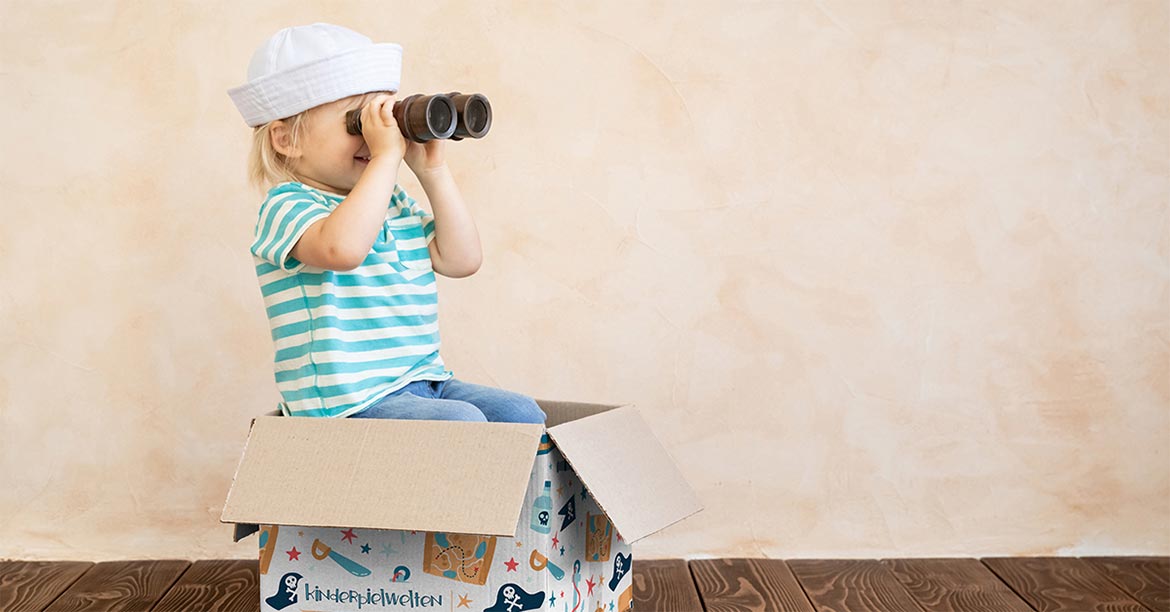
The appropriate inner packaging
Inside the shipping box, the packaged goods must be sufficiently padded. The inner packaging is also very important because it fixes your goods in place during transport, cushions mechanical stresses and protects against falls and crushing. If the package accidentally falls off the conveyor belt or pallet, it acts as a buffer.
The inner packaging also prevents direct contact between several items being shipped or with the outer packaging. The padding must be correspondingly thick. Packaging of several products in one package, such as wine bottles, should also include separators so that the contents are well secured against slipping.
Shaped pads that are cut exactly to fit the products are ideal for this purpose. However, multilayer wraps made of bubble wrap, corrugated cardboard rolls, air chamber bags or mechanically crumpled kraft paper can also be used.
As additional padding, loose filling materials such as packaging chips made of paper or plastic are also a good choice. However, care must be taken to ensure good compaction so that the contents are sufficiently securely fixed. The recipients, however, tend to be annoyed when the packaging chips trickle towards them when they are unpacked and scatter on the floor.
The secure closure
A secure closure is at least as important as the outer box. The closure has several functions. It ensures the stability of the outer packaging, it prevents the package from being opened during transport and serves as proof of integrity for the recipient.
The heavier a package is, the more resistant the closure must be. In practice, tear-resistant plastic tapes and thread-reinforced paper tapes have proven their worth. The width should be at least 50mm. The sealing tape should extend beyond the edge sides, ideally once around the box. Parcels weighing more than 20 kg should also be strapped with plastic or metal straps. When strapping, the tension of the straps must be suitable. The strapping must not stick out, but also not cut into the shipping box. To prevent this from happening, you can use edge protectors and edge protectors made of sturdy solid cardboard.
Shipping labels - secure adhesion combined with good legibility
Shipping labels, address labels and parcel labels with barcode strips ensure that every shipment reaches the right recipient. The encrypted information of the barcode or barcode must be easily readable, otherwise the recipient cannot be read correctly. In the best case, the parcel is returned to the sender or disappears never to be seen again.
The key to the optimum shipping label is the right combination of label material and adhesive. Labelling cartons, plastic containers and pallets in the logistics sector requires materials that are tear-resistant and do not disintegrate into their individual parts when exposed to abrasion or moisture. The barcode and the address must be printable on the material with high contrast and sharpness.
Shipping labels must adhere firmly under a variety of environmental conditions. These conditions include different carton materials, the surface texture of the package, and cool, damp or dusty environmental conditions during packaging and transport.
With self-adhesive cardboard labels from lp24 you are on the safe side. We produce shipping labels as blank labels or pre-printed with a logo that adheres securely to all surfaces. Our range also includes hazardous goods labels and warning signs made of seawater-resistant materials.
Attach the shipping labels to the box so that they are clearly visible. The driver must be able to scan the shipping label easily when collecting the goods. Also remove any old shipping labels from the box.
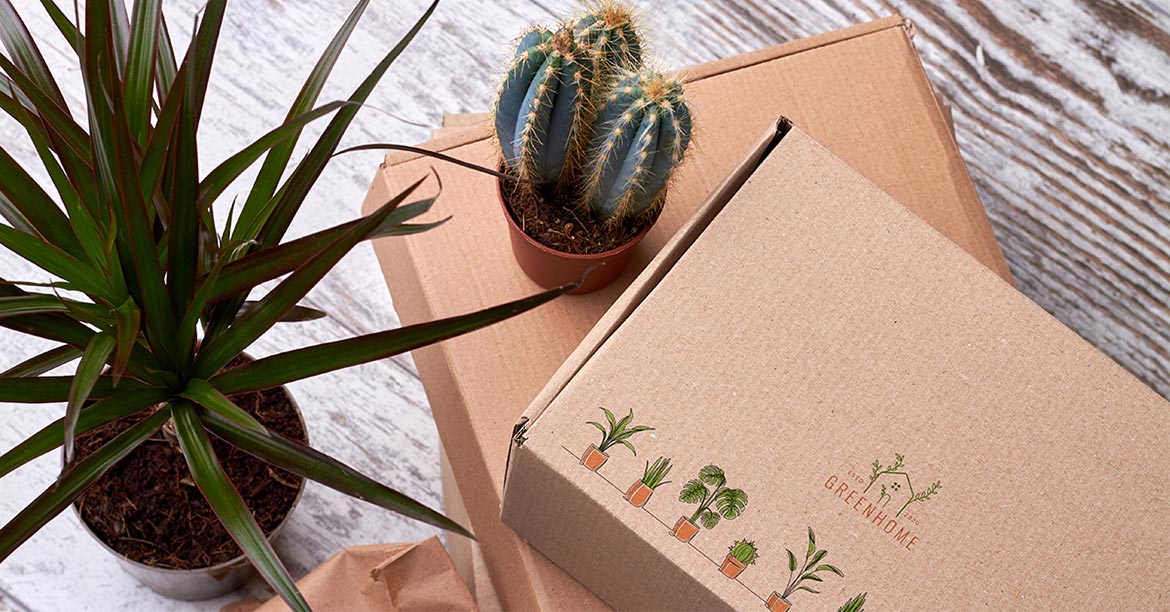
Corrugated board
Corrugated board is a light and stable construction made of several layers of paper and a hollow volume of air. It is made by gluing together at least one smooth and one corrugated paper web. In cardboard production, up to nine paper webs are used to make corrugated boards.
The term 'cardboard' comes from the fact that in the past the term 'pappen' was used for gluing together. Many different types of corrugated board and corrugated board packaging are produced, depending on the requirements and area of use.
Which corrugated cardboard is best suited for the respective shipment depends on what you want to send. As a general rule, the heavier or more delicate the goods, the sturdier the corrugated cardboard box should be. Boxes made of single or double wall corrugated boards are often sufficient for shipping light goods. Single wall corrugated board consists of a layer of corrugated paper with smooth paper or cardboard glued to both sides.

Checklist: 10 important packaging tips
Improper packaging can result in your goods being damaged, so it is important to follow our packaging tips checklist below:
- Smallest possible packaging size
Select the smallest possible packaging size for the goods to be shipped. Make sure that there is still enough space to cushion the goods. - Heavy things downwards, light things upwards, sensitive things inwards.
Heavy items should be packed in the lower part of the package, lighter items rather on top. - Compact packing without cavities
Hollow spaces easily lead to squashed packages. Therefore, goods should be packed tightly but not squashed. - Avoid contact
Sensitive goods made of glass or plastic should have no contact with each other or with the outer packaging. Cushioning materials such as bubble wrap or air chamber bags, help to cushion mechanical stress. - Separate like
Identical packages of a product range should be spatially separated from each other in the carton. - Padding: soft for light, hard for heavy
Soft materials such as bubble wrap are suitable for cushioning light goods, while harder cushions, e.g. kraft paper, are used for heavy goods. Products at risk of breakage, such as glass, must be padded all around. - Upright preferred
Products that are designed for vertical transport due to their construction, e.g. bottles or tetra packs, must be placed upright in the cardboard box. - Prevent leakage
Additionally seal products at risk of leakage in a bag to prevent leakage in the package. - Pad corners and edges
Corners and edges are subjected to the greatest stress during transport. It therefore makes sense to cushion them additionally. - Securely close parcels
For boxes weighing up to 10 kg, the slots on the bottom and lid sides should be glued at least once. If the weight is above this, the box is additionally glued crosswise.
The correct handling of damaged parcels
Unfortunately, it is not uncommon for parcels to reach the recipient damaged or almost completely destroyed. Damage can easily happen during transport if the parcel was not packed correctly and securely by the sender. So damage cannot be ruled out, but who is actually liable for it?
Of course, the logistics company cannot be expected to deliver goods that are poorly packed to their destination in one piece under guarantee. Therefore, he can exclude liability due to defective packaging by the consignor.
If goods have been shipped between two commercial customers, the sender's GTC apply. In addition, the recipient must immediately report any transport damage to the seller. If a private person has bought a movable item from a professional online trader or other entrepreneur, a consumer goods purchase takes place. This means that the transport risk remains with the entrepreneur.
This is how you should proceed:
- If you recognise the transport damage upon delivery, you should refuse to accept the parcel. It is important that you state on record that you did not accept the parcel because of external damage.
- Often everything is fine on the outside, but the contents of the parcel have been broken. In this case, you should photograph the damaged contents, fill out a damage form and contact the sender.
- The liability for damage or loss is usually limited by the general terms and conditions of the parcel services. It is usually between 500 and 750 euros per parcel. If you take out additional transport insurance with the parcel service, you can increase the amount.
- If the parcel does not arrive, the recipient must report the damage to the parcel service within seven days and submit an enquiry request. A shipment is considered lost if it has not been delivered within 20 days of posting and its whereabouts cannot be determined. If the goods come from a commercial mail-order company, it is obliged to refund the purchase price.
- Under no circumstances should you use the damaged shipping box to send goods in again. Torn, dented or holey cardboard boxes belong in the paper waste. After collection, they are recycled and serve as an important raw material for new, safe shipping boxes that you can then use without hesitation.
These articles might also interest you:
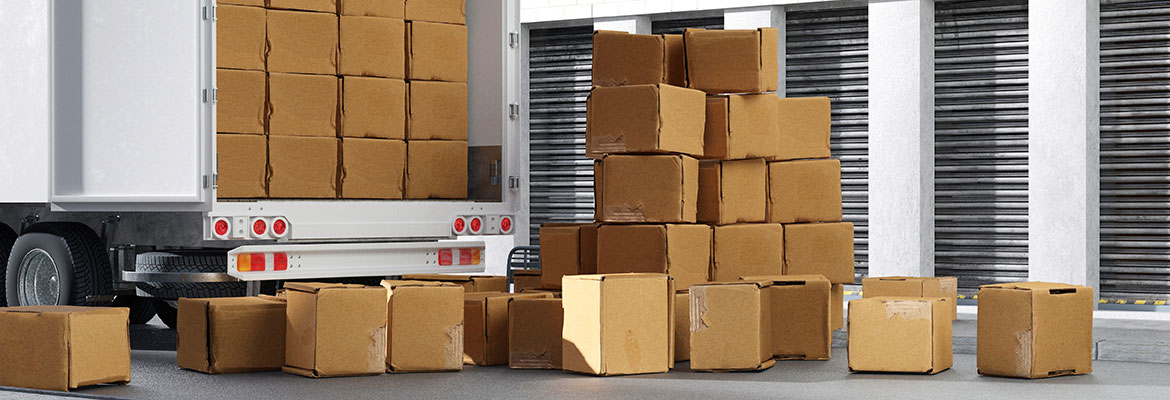
Shipping costs - the big provider comparison
Sending a parcel within Germany or to another country can involve completely different postage costs. The amount of postage depends not only on the size or weight of the parcel.

The new packaging law
The new law replaces the previously applicable Packaging Ordinance. It provides for numerous new obligations for initial distributors of packaging filled with goods, which typically accumulates as waste at the end consumer.
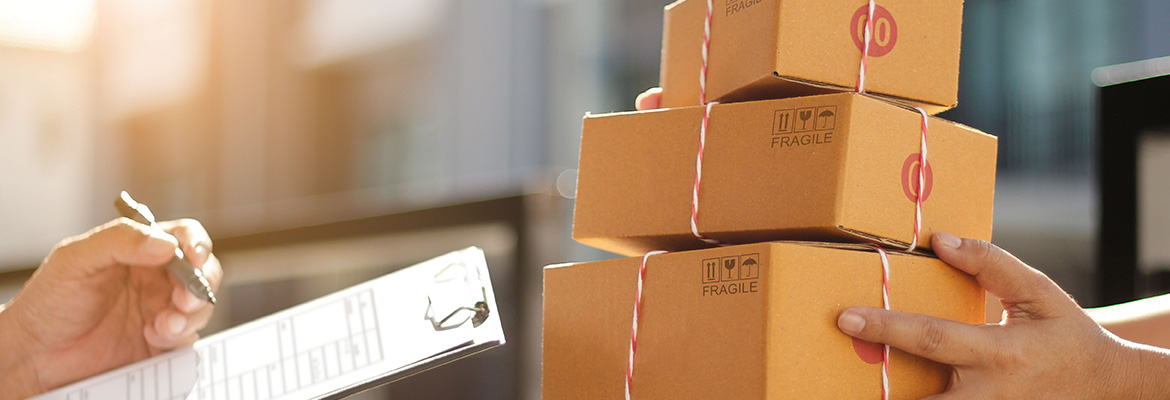
Customised shipping boxes - The answer to rising shipping costs
The savings effect is achieved at labelprint24 by minimising the material required for the shipping box without neglecting the protective function of the packaging.





